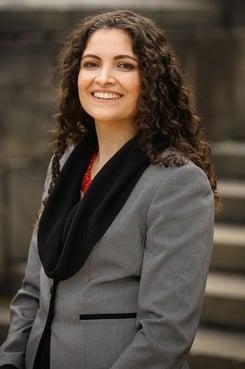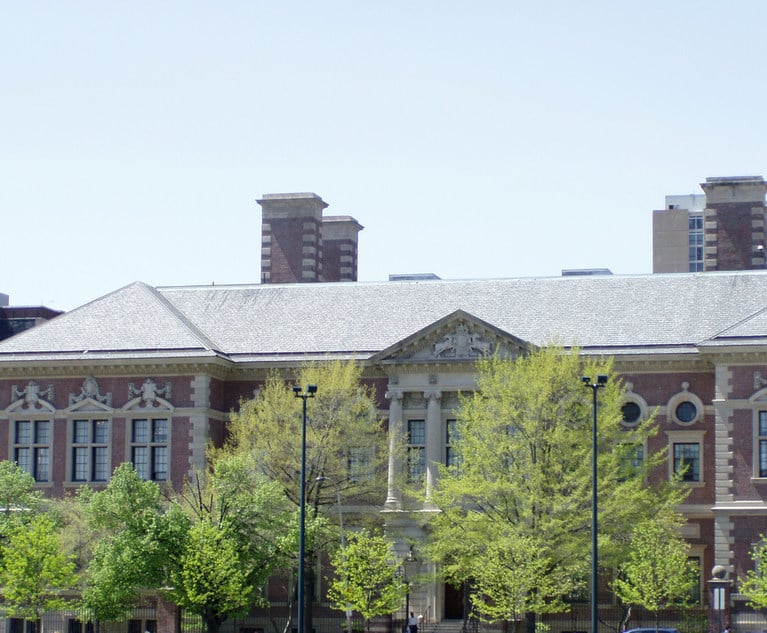The #MeToo movement has sparked a dialogue about sexual harassment and sexual misconduct that has had far reaching, and at times unexpected ramifications. For example, in December, the Metropolitan Museum of Art (the Met) in New York was presented with a petition (now with over 11,000 signatures) to remove a Balthaus painting of a preteen girl in a suggestive pose from display. The Met declined, citing the work as an “opportunity for conversation.” Meanwhile in January, JW Waterhouse’s work, “Hylas and the Nymphs,” was temporarily removed from Manchester Art Gallery as part of a performance piece by Sonia Boyce. In connection with the removal, visitors were invited to post notes about the gallery’s decision to remove the work in the location where the painting once hung. The comments that poured into the gallery ranged from criticism of the gesture to celebration of the critical lens with which the public was invited to engage with the work.
While the subject matter of art has long been the focus of controversy, institutions of education are currently struggling with a new concern. This time, the controversy is related not to the subject matter of the work of art, but rather the propriety of displaying works of art by artists that have been accused of sexual harassment and sexual misconduct. In December, this issue came to light in connection with the artwork of American portraitist Chuck Close who was recently accused of sexual harassment by several women. Two schools displaying Close’s artwork took immediate action. In January, Seattle University in Washington made the decision to remove a prominently displayed self-portrait of the artist from the school library. Locally, at the Pennsylvania Academy of Fine Arts (PAFA), there was some discussion about cancelling a retrospective of Close’s photography. PAFA decided to continue the exhibition, but modify it to broaden the message of the show.


 Christine Weller, Griesing Law
Christine Weller, Griesing Law




